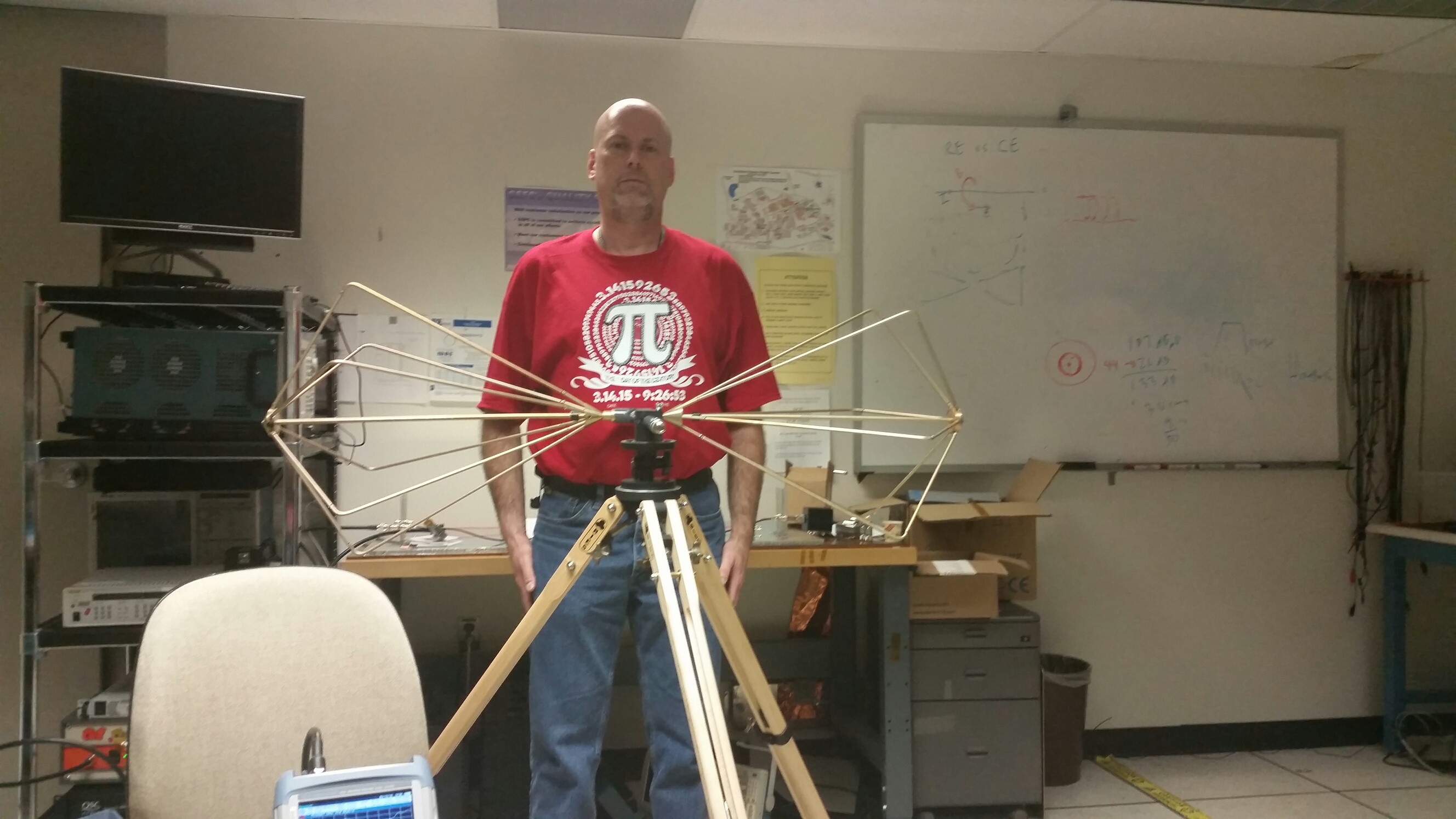There is much to be written about π (“pi”), and I plan to devote more time to it in later posts. But I wanted to post something in time for π Day, March 14, 2015, or 3/14/15.
The number π (“pi”) is defined as the ratio of the circumference (the distance around) of a circle to its diameter as shown in the picture below.
The concept is simple, but it turns out that the number π is not. It is called an “irrational” number, which means that it cannot be expressed as a ratio of two whole numbers, e.g. 1, 2, 3, 4, etc. Basically, that means that it has an infinite number of decimal places without any repetition or pattern.
To its first 40 decimal places, π equals:
3.1415926535897932384626433832795028841971…
The first million digits of PI are posted here: http://www.piday.org/million/
The first 3 digits spell out 3/14, or March 14, a.k.a. π Day.
The first 5 digits spell out 3/14/15, or March 14, (20)15, which is why this year is an extra special π Day.
The first 11 digits spell out 3/14/15 9:26:53, which I suppose would be called π Second.
And so on.
So how many digits are needed, really?
In “The Simpsons and Their Mathematical Secrets” (an awesome book, by the way; highly recommended if you enjoy this sort of thing), there are a couple of chapters about π. In one of them, it is mentioned that if you know π to 40 decimal places and you know the diameter of the known universe with infinite precision, then you can calculate its circumference to within a centimeter.
How reasonable is this claim? We don’t need to guess; let’s calculate it.
The diameter of the known universe is reported to be approximately 92 billion light-years, or 9.2 x 1026 meters,
or 920,000,000,000,000,000,000,000,000 meters
or 920 trillion trillion meters
π to 40 decimal places gives an uncertainty of +/- 0.5 x 10-41 ,
or 10-40
or 1 part in 10,000,000,000,000,000,000,000,000,000,000,000,000,000
or 1 part in 10,000 trillion trillion trillion
If we multiply π with 40 decimal places by 9.2 x 1026 meters, our answer is accurate to within 9.2 x 10-14 meters, or 0.092 picometers.
Or a little less than a tenth of a trillionth of a meter.
Anybody need more precision than this?
(Dramatic pause.)
Happy π-Day, to however many digits you care to celebrate it!

